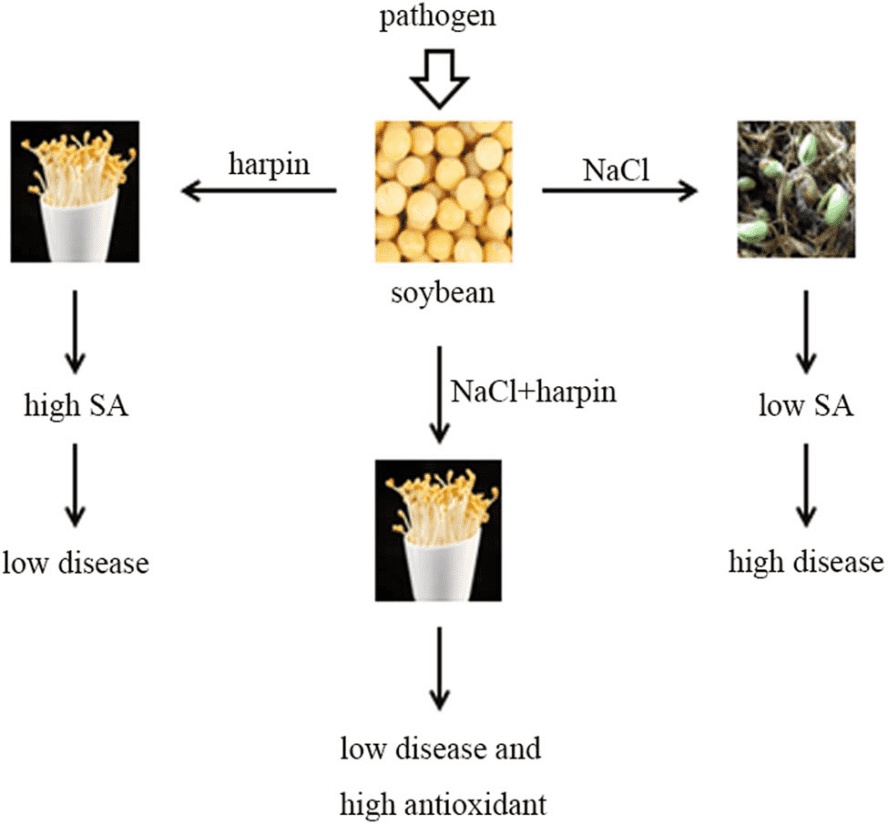
*Diagram illustrating the role of the plant vaccine Harpin protein in alleviating salt stress.
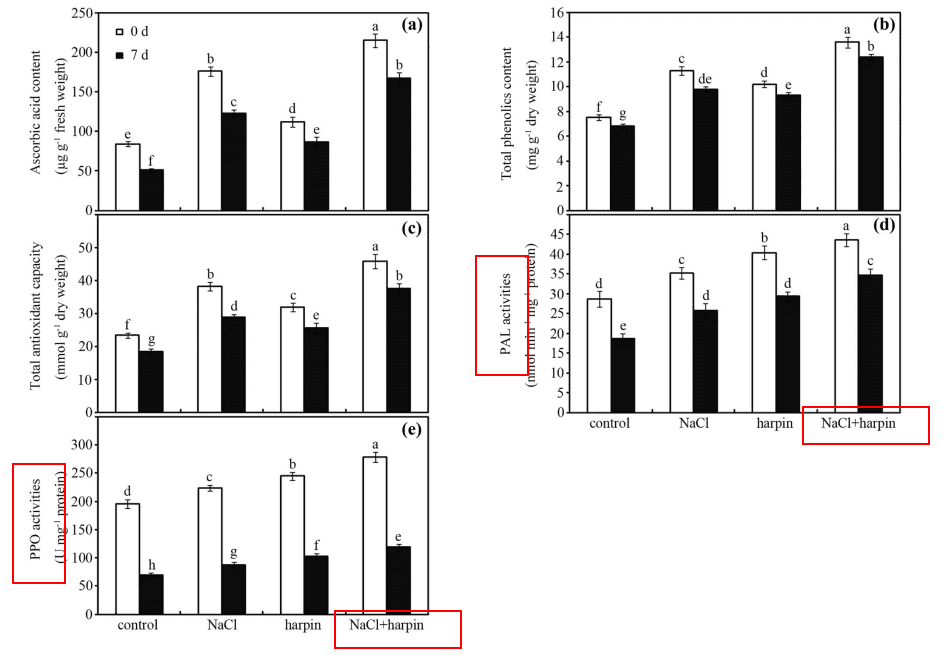
*The combined treatment of NaCl and Harpin protein significantly boosts the levels of ascorbic acid, total phenolic compounds, overall antioxidant capacity, PAL activity, and PPO activity in soybean seedlings.
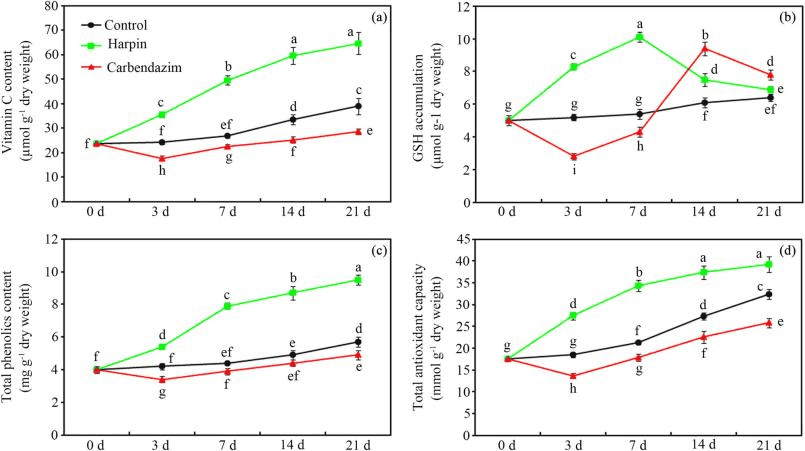
*The combined treatment of NaCl and Harpin protein significantly increases the accumulation of antioxidants, such as vitamin C and phenolic compounds, as well as the overall antioxidant capacity in soybean seedlings.
Scariotto S. and colleagues found that the plant vaccine Harpin protein is highly effective in controlling strawberry gray mold. The activity of PAL in strawberry fruit is influenced by post-harvest treatment with ASM (a chemical agent) and Harpin protein. Both ASM and Harpin may lead to the accumulation of metabolites in strawberries, creating a physical barrier that inhibits pathogen infection. Increased PAL activity is linked to the biosynthesis of active metabolites in plant defense pathways, such as plant toxins, phenolic compounds, salicylic acid, and lignin. This increase in PAL activity also boosts the lignin content in the fruit, which in turn enhances the fruit's firmness.
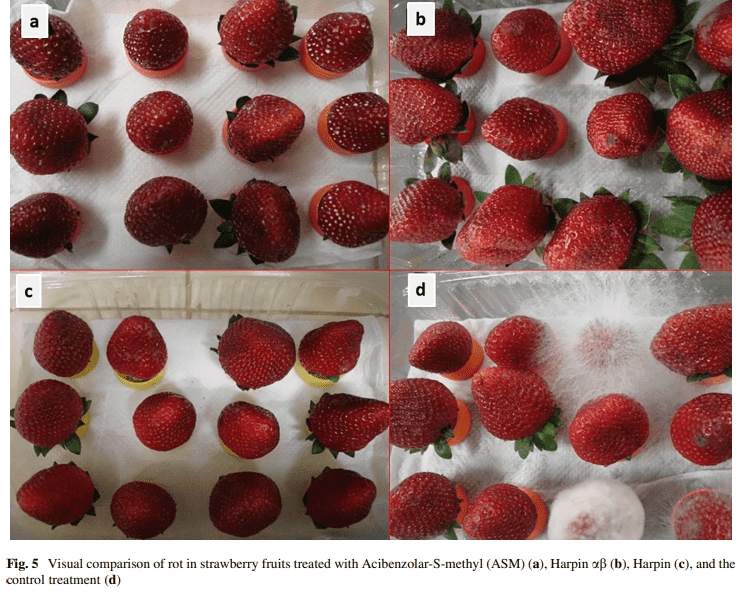
Recent advances in plant innate immunity research, especially studies on plant-pathogen interactions, show that protein elicitors can trigger the plant's immune response, leading to strong and long-lasting resistance against pathogens. Plant vaccines, developed from these immune elicitors, are eco-friendly biopesticides. They don't directly target harmful microbes but instead stimulate the plant’s natural immune system and metabolic processes to fend off pathogens.
Plant vaccines are non-toxic and don’t cause pathogens to develop resistance. Some plant vaccines can also boost the plant’s metabolic system, promoting the growth of roots, stems, and leaves, as well as increasing chlorophyll synthesis and crop yield. These benefits make plant vaccines a top choice for new agricultural productivity solutions, supporting sustainable agricultural development.
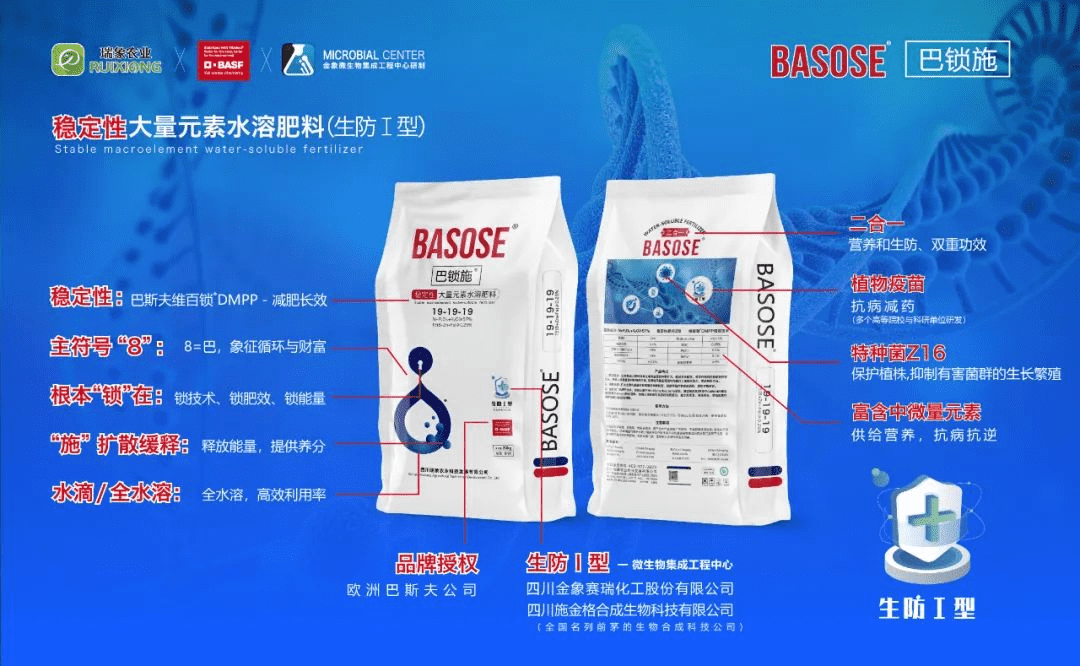
Our product, BASOSE, includes this type of plant vaccine.
BABOSE, which contains plant vaccines, is worth choosing.












